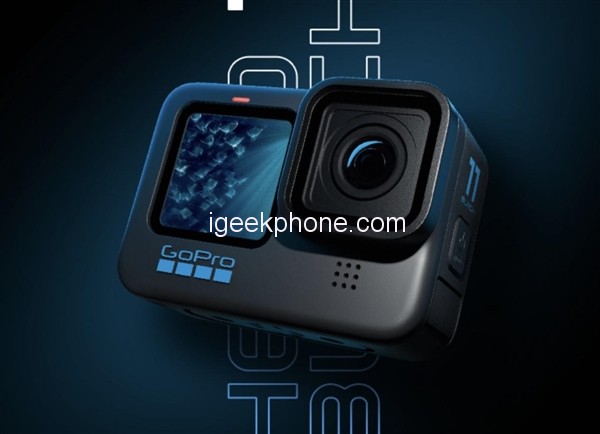When it comes to action cameras, DJI and GoPro have always been indelible “tough guy” brands in this field. The brand is strong enough, and the product quality is also well recognized by users. On September 14th, DJI and GoPro released new products at the same time, and they were “front and rear feet”. DJI released the Osmo Action 3 at 8 p.m., and GoPro released two action cameras at 9 p.m. an hour later HERO 11 Black and HERO 11 Black mini. From the appearance, it can be roughly judged that the target product of DJI Osmo Action 3 is HERO 11 Black, not HERO 11 Black mini.
Because the HERO 11 Black has a dual screen (front + reverse), while the mini model has a single screen, which means that the mini lacks the effect of a real-time display when taking a selfie. Of course, as compensation, the price is of course more affordable.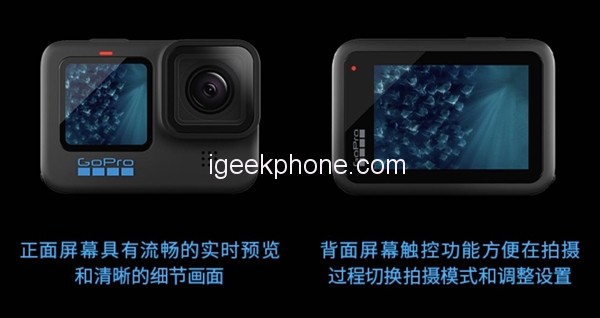
The appearance design of DJI Osmo Action 3 does not continue the split design of Action 2, but it also continues its quick-release connection feature, so the accessories can be used with Action 1, 2, and some GOPros, which also makes it a contemporary model. A highly scalable action camera.
From the front, the DJI Osmo Action 3 uses a metal body, returning to the design of the first generation, which is more integrated, but more refined than the first generation. It is worth mentioning that the front screen of Action 3 also supports touch design and supports wet-hand operation, which is more convenient than other products.
n addition, on the basis of the OSMO Action circular front mirror, the Action 3 has further increased the size, and the protection and the corners of the screen have been further improved. And under the “O” mark on the nameplate of the fuselage, there is a color temperature sensor that can effectively detect color temperature changes and stroboscopic changes to ensure accurate color temperature and anti-stroboscopic capabilities. Meanwhile, the Action 3 has a hard coat finish for better durability.
Compared with the previous generation, the HERO 11 Black has no subversive changes in design, but it has also strengthened its sturdiness in terms of materials: the entire body is made of a solid shell, making it one of the most durable cameras ever made by GoPro.
In addition to the traditional 4:3, 16:9 aspect ratio, HERO11 adds a “full frame” wide field of view of 8:7. Compared with HERO10 Black, the vertical field of view is increased by 16%; the 8:7 aspect ratio can cut the picture into 16:9 or 9:16 with minimal loss of picture quality, to meet the current market environment with different needs of horizontal and vertical screens.
HERO 11 Black has a 1.4-inch screen on the front, a 2.27-inch screen on the back, a detachable lens design, and supports 10 meters of water resistance. Compared with DJI, the Action 3 also has a 1.4-inch screen on the front and a 2.25-inch screen on the back. There is not much difference between the two products in terms of display.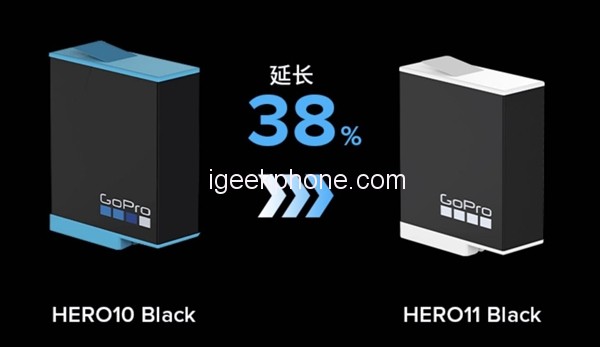
In terms of shooting, let’s take a look at the parameters first: Osmo Action 3 is equipped with a 1/1.7-inch sensor, which can shoot 4K/120fps video and 12-megapixel photos. The maximum resolution of photos is 4000*3000, and it has a 155° ultra-wide viewing angle.
The color temperature sensor mentioned above is added, which can intelligently adjust the white balance and exposure strategy according to the environment. Regardless of the depth of the water, it can present the real ambient color temperature and support stable 4K/60fps high-definition video recording.
On the GoPro side, it is equipped with a 1/1.9-inch sensor, supports movie-level 5.3K/60fps, 2.7K/240fps video, and can obtain 24.7MP still photos from the video.
In terms of shooting, both products are relatively excellent flagship sports cameras at the moment. Whether it is 1/1.7-inch or 1/1.9-inch, they can basically meet the shooting needs of most contemporary users.
The advantage of Osmo Action 3 lies in the gameplay. It has added underwater shooting. No matter in low temperature or humid environment, it can be super standby, and the bare metal can also dive to 16 meters underwater. The usage scenarios are more abundant.
The advantage of HERO 11 Black lies in the richness of modes. Three new time-lapse shooting modes have been added, including star trails, vehicle light trails, light painting, one-click shooting, and fully automatic in-camera synthesis.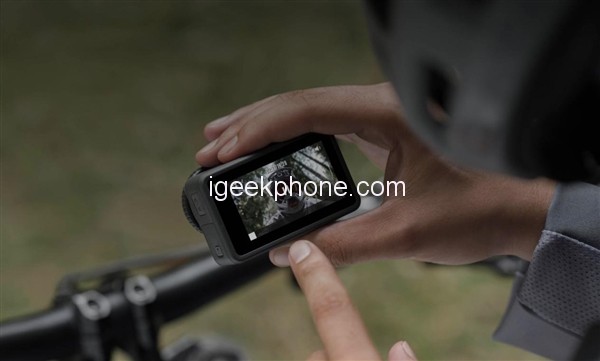
This is the biggest difference between the two products in terms of photography, and it also forms the unique characteristics and tonality of the two brands. How users choose depends on their own functional needs.
Finally, let’s talk about battery life. Osmo Action3 has the largest battery capacity of 1770mAh among mainstream sports cameras. In a normal temperature environment, it can record 1080p / 30fps video for up to 160 minutes, and 4k / 60fps video can be recorded continuously for 90 minutes without overheating.
Although the HERO 11 Black did not announce the specific battery capacity value, the official introduction is that it is equipped with a new and innovative Enduro battery, and the recording time is extended by up to 38%. And it charges faster and significantly improves cold-weather performance.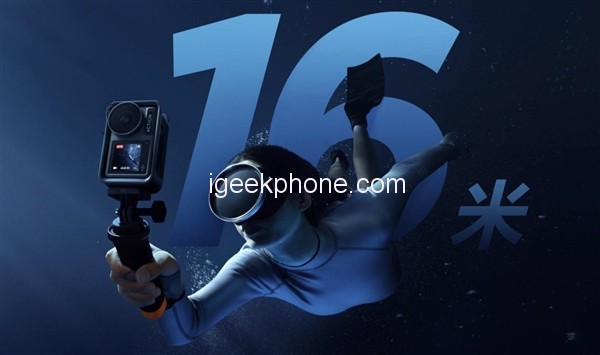
I have to admit that these two are relatively excellent sports camera products at the moment, and they can fully meet the needs of contemporary users in terms of user experience/shooting imaging/battery life.
In terms of upgrade strength and product optimization, the progress of DJI Osmo Action3 is more stable, whether it is extending the operating temperature to -20°C-45°C, or 16 meters waterproof of bare metal, and stronger battery life and shooting time, there is no doubt, This action camera fully fills all the elements of “sports”, and with the price, it comes to the conclusion that it is cost-effective and stable in performance, which deserves its name.
GoPro HERO 11 Black is also a surprise, with more stable shooting, more anti-shake shooting experience, more sturdy design, and high scalability of inheritance, all showing us what a flagship action camera should look like.
For those who like extreme sports and pursue stable performance and high-cost performance, DJI Osmo Action3 is more suitable; of course, HERO 11 Black is also good for those who pursue different video gameplay.
In terms of price, in conclusion, DJI still has high-cost performance, and the price of GoPro is not too high. The DJI Osmo Action 3 is priced at 2299 yuan, compared to the 2799 yuan of the previous-generation Action battery life version. Undoubtedly, many users have labeled it “true fragrance”.
It has also successfully pulled back the concept of “sports cameras selling for 3,000” in the public’s impression. It has made a good start in shaping its brand in terms of cost-effectiveness.
And GoPro’s two products, HERO 11 Black and HERO 11 Black mini, start at 3498 yuan and 2998 yuan. The price is in line with the positioning, and there is no inflated situation.
From this point of view, in the era of the “dividend vacuum period” and “image revolution” of action cameras, DJI has clearly realized the change in market temperature and the specific strategies and tactics of how to accelerate technological innovation.
This may be the biggest change since DJI entered the action camera industry. In this direction, DJI has no retreat and no imitators. This is a real test of surpassing itself.
For GoPro, the gradually increasing creative modes allow users to have more fun when shooting, and also enrich the industry attributes, further optimizing and improving product positioning. These are what we, as consumers, want to see the most.
Read Also: GoPro Hero 11 Renders: New 27 Megapixel Sensor, New Design
Do not forget to follow us on our Facebook group and page to keep you always aware of the latest advances, News, Updates, review, and giveaway on smartphones, tablets, gadgets, and more from the technology world of the future.










